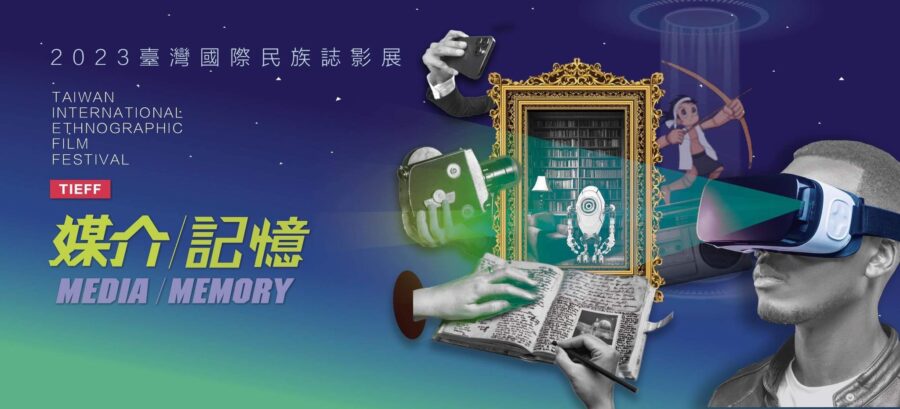When we are together
The Taoyuan Aerotropolis marks Taiwan’s largest-ever urban project, in that tens of thousands of people were to be vacated for relocation from the land lot that supported their livelihood, ensuing in the sea change of space and history.
To leave behind some last memories of the place people called home, time and history were employed as the X- and Y-axis respectively to document a complicated mixture of sentiment that embodies an act of history to slice into an unfolding future, whereas bulldozers and wrecking balls were on the mark to level the ground.
